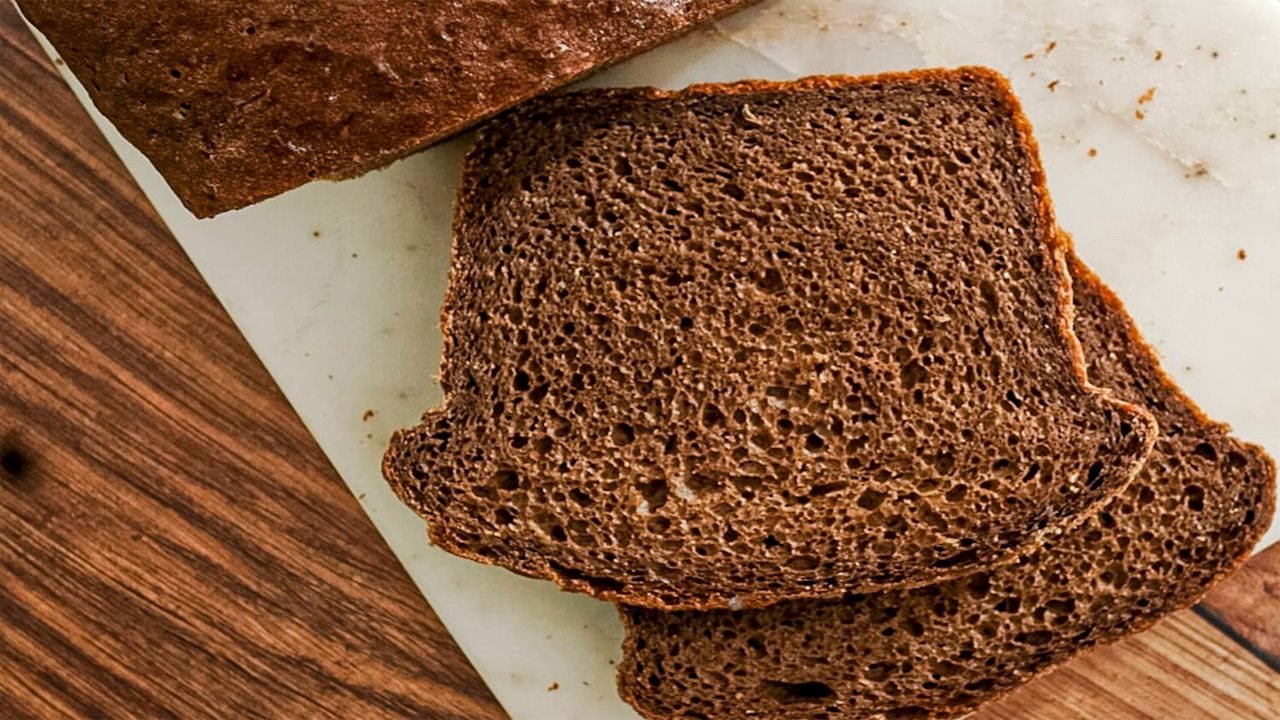
Exploring Pumpernickel Bread: A Rustic Rye Classic with Deep Flavor
Biobaeckerei – Pumpernickel bread has long been admired for its rich flavor, deep color, and hearty texture. Although it may look simple at first glance, pumpernickel is rooted in centuries-old German baking traditions and continues to be loved worldwide for its earthy aroma and nutritional richness. This bread is typically made with rye flour, which gives it a dense crumb and slightly tangy character. Moreover, molasses adds sweetness and a signature dark hue that makes pumpernickel instantly recognizable. Many home bakers appreciate this recipe not only for its taste, but also for its cultural value and nourishing quality.
Ingredients and Flavor Profile of Pumpernickel Bread
This pumpernickel recipe uses classic, wholesome ingredients such as 1½ cups of medium rye flour, 2 cups of bread flour, warm water, vegetable oil, and dark molasses. Together, these components create a bread that is hearty, slightly sweet, and subtly earthy. Warm water around 120–130°F activates the dough without damaging the gluten structure, while molasses deepens both flavor and color. Additionally, a light egg-white wash helps develop a beautiful, shiny crust. Because rye flour has less gluten than wheat, it naturally produces a more compact and moist crumb, giving pumpernickel its authentic texture.
Preparing the Dough and Building Texture
To begin, slowly combine the warm water and molasses, allowing the mixture to blend thoroughly before adding the rye flour. This step helps develop the signature velvety consistency of the dough. Afterward, add bread flour gradually while mixing, ensuring the dough becomes soft and elastic. As you knead, you will notice the dough transforming from sticky to smooth, signaling proper gluten development. Since rye flour behaves differently than wheat flour, patience is key. Ultimately, this kneading stage contributes to the bread’s chewy bite and dense yet tender interior.
Also Read : Organic Food Goes Mainstream: What’s Driving the Global Demand?
Resting and Proofing for Rich Aroma
Once the dough is shaped, it should be allowed to rest and rise in a warm space. During this proofing phase, the yeast works slowly, developing fermentation flavors characteristic of traditional pumpernickel. While some recipes call for overnight proofing, letting the dough rise until doubled in size is generally sufficient for home bakers. As the dough rests, the natural sugars and starches evolve, releasing a warm, slightly nutty aroma. Consequently, this process enhances both taste and texture, making each slice rich and satisfying.
Baking and Finishing Touches
Before baking, brush the dough gently with lightly beaten egg white to achieve a golden, glossy crust. Then place the loaf in a preheated oven and bake until the bread is firm, aromatic, and beautifully browned. As it cools, the loaf continues to settle and develop flavor, so resist cutting it immediately. Instead, allow it to rest on a wire rack until fully set. When sliced, the bread reveals its trademark dark crumb and soft, dense structure perfect for spreads, savory sandwiches, or simply enjoying warm with butter.
Serving Ideas and Enjoying Tradition
Pumpernickel pairs wonderfully with cream cheese, smoked salmon, herbed butter, or hearty soups. Beyond flavor, it offers nutritional benefits thanks to its rye base, including fiber and minerals. Additionally, serving pumpernickel adds a European rustic charm to any table, reminding us of traditional artisan baking. Whether used in elegant canapés or enjoyed during breakfast, this bread remains a timeless culinary treasure. With each bite, it tells a story of craftsmanship, patience, and cultural heritage.

Leave a Reply